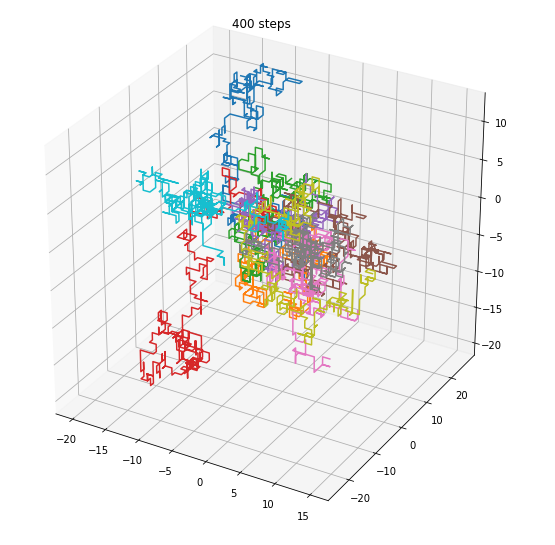Member-only story
Understanding the Difference Between Pressure and Force
They’re related physical quantities. In this brief guide, we explore the differences.

Difference between Force and Pressure:
Force can be thought of as a “push” or “pull”.
Some examples:
- Your arm and shoulder or a crane exert a force when they lift a load.
- Gravity pulling down on an object and making it fall.
- A magnet pulling a piece of iron.
- Air in a tyre pushing out on the tyre walls.
Force is measured in newtons (N) and it accelerates objects and gives them an increasing velocity. (This is one of the laws of motion proposed by Isaac Newton, the 17th century mathematician and scientist).

Pressure is the intensity of a force and measured in the SI system in Newtons per square metre or pascals (Pa) (or bar or PSI in imperial measurements).
To calculate pressure, we divide force by the area it acts on.
We can write square metres as m²
So 1 N on 1 m² = 1 N/ 1 m² = 1 pascal (1 Pa)
2 N on 1 m² = 2 N / 1 m² = 2 Pa and so on
If we keep the force the same, but reduce the area, the pressure increases.
So imagine 1 N on 0.1 m²
Pressure = 1 / 0.1 m² = 10 pascals
Tools such as knives or bradawls can cut or make holes because they concentrate force on a small edge or point and create huge pressures.

Placing boards under the legs of a ladder stop them sinking into soft ground because they spread the load (a force called weight) over a greater area and reduce pressure.
Hand operated hydraulic jacks work by using the pressure of the oil produced by the pump arm and applying it…










